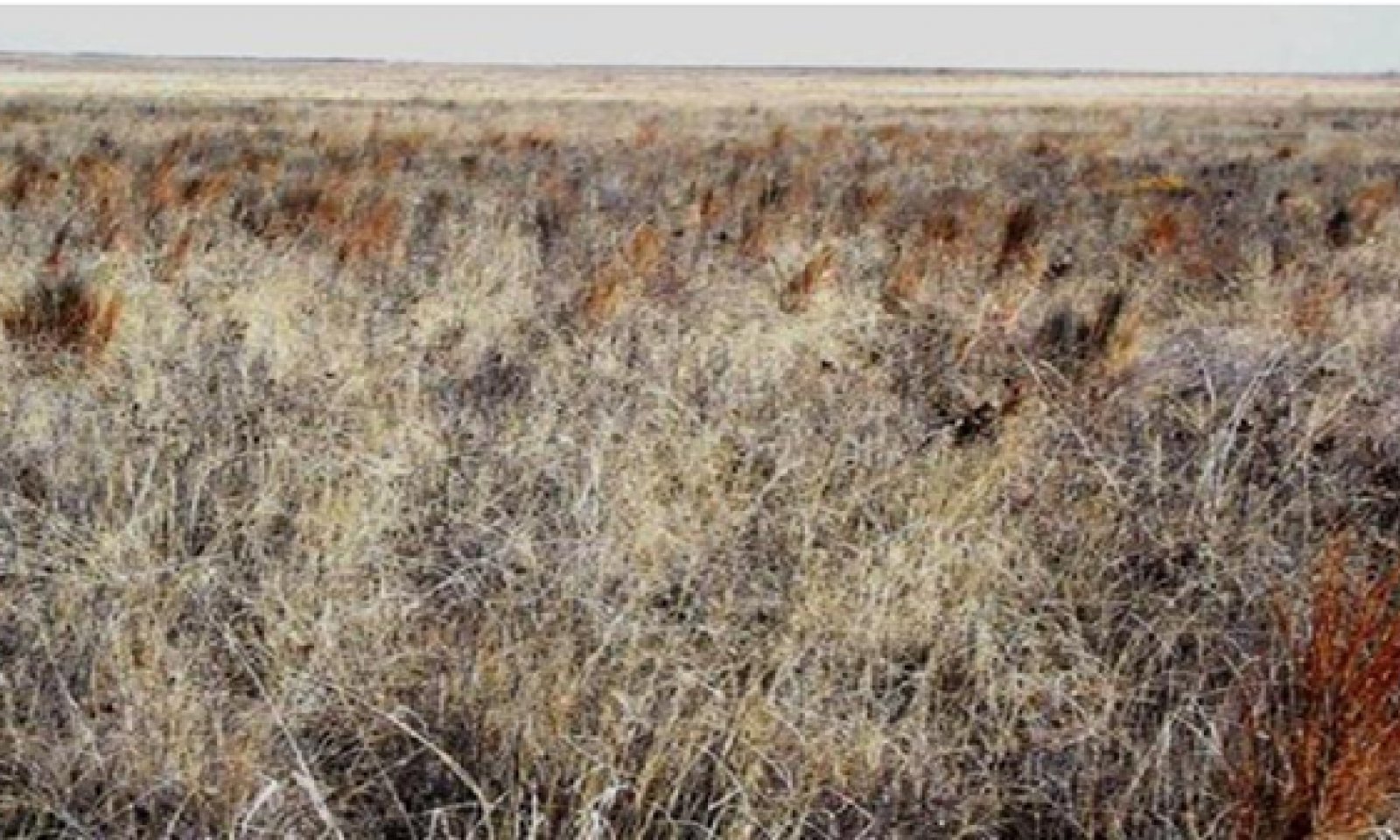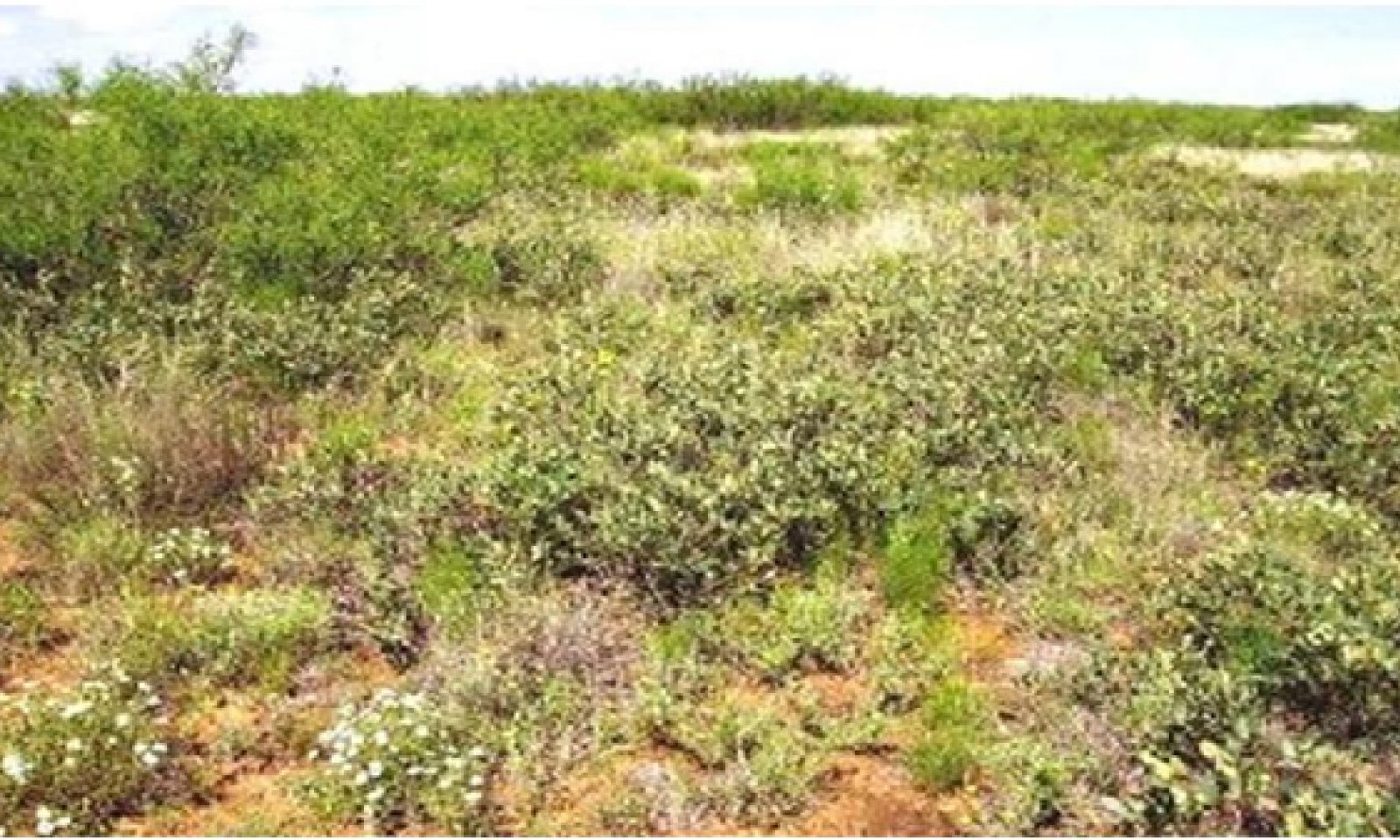
Loamy Sand
Scenario model
Current ecosystem state
Select a state
Management practices/drivers
Select a transition or restoration pathway
-
Transition T1A
Absence of disturbance and natural regeneration over time, may be coupled with excessive grazing pressure
More details -
Restoration pathway R2A
Adequate rest from defoliation and removal of woody canopy, followed by reintroduction of historic disturbance regimes
More details -
No transition or restoration pathway between the selected states has been described
Target ecosystem state
Select a state
Description
Grassland State - State 1
The Tall/Midgrass Community (1.1) is the interpretive/diagnostic/reference plant community for the Loamy Sand Ecological Site. Sand Shinnery/Havard oak mottes were widely scattered in microsites protected from frequent fire and made up less than ten percent of the plant canopy. Sand sagebrush, broom snakeweed and yucca were also present, but infrequent. Characteristic tall grasses included little and sand bluestems and sand and spike dropseeds. Midgrasses such as sideoats grama, giant dropseed and lower stature grass species like black grama, three-awns, and red lovegrass provided most of the annual production. See the Plant Composition and Annual Production Table below for estimated composition and production of species in the reference/diagnostic community. Common forbs found on the site include prairie coneflower, penstemon, globemallow, croton, stickleaf, sunflower and paperflower.
The Midgrass/Shrubs Community (1.2) is the result of the interaction of the reduction in frequency of fires and exacerbated by severe droughts. The reduction in vegetative structure and ground cover resulting from reduced fire frequency allows the shrubs a competitive advantage of a vast and persistent root system and to begin to hoard more site nutrients, processes and space to themselves. Sand Shinnery/Havard oak, honey mesquite, broom snakeweed and sand sagebrush increase in density and cover, varying from 10 to 20 percent canopy cover. Dropseeds, red lovegrass and perennial three-awns begin replacing the more palatable tall and midgrasses found in the reference community. Most forbs such as prairie coneflower, penstemon, globemallow, croton, stickleaf, sunflower and paperflower persist in the Midgrass/Shrubs Community.
Submodel
State 2
Shrubland State



Description
The Mixed Shortgrass/Shrub Community (2.1) supports a 20 to 45 percent woody composition as measured by canopy cover. Honey mesquite, Sand Shinnery/Havard oak, sand sagebrush, broom snakeweed and yucca being the most common shrubs. This plant type is the result of selective grazing by livestock and the differential response of plants to defoliation over a long period of time. There is a continued decline in diversity of the grassland component and an increase in woody species and unpalatable forbs.
The Shrub/Shortgrass/Annuals Community (2.2) is the result of many years of inappropriate grazing, lack of periodic fires and little brush management. Sand Shinnery/Havard oak and honey mesquite dominate the Shrub/Shortgrass/Annuals Community, which is essentially a shrubland. Under extreme conditions of grazing and drought, the site deteriorates to active dunes and blowouts. Common understory shrubs are broom snakeweed, yucca and sand sagebrush. With continued inappropriate grazing and no brush control, the shrubs can approach 70 percent or more of the composition of the site as measured by canopy. Short-grasses and low quality annual and perennial forbs occupy woody plant interspaces.
Submodel
Mechanism
Heavy Continuous Grazing resulting in continued declines in soil organic matter, soil stability. No Fires and No Brush Management causes the Grassland State (1.) to shift into the Shrubland State (2.). This pathway is outside the reference state natural range of variability and reflects the crossing of a threshold. The mechanism of change is a reduction in herbaceous plant leaf litter and its subsequent decomposition. As grass stems and leafs diminish so does below ground root biomass and soil organic matter. This grass root biomass and associated fungi is critical to glomalin production which is a major contributor to soil stability values and primary productivity.
Mechanism
The trend cannot be reversed from the Shrubland State (Mixed Shortgrass/Shrub) to the Grassland State with grazing management alone. Accelerated brush management practices along with range planting and prescribed grazing is required to return this plant type to grassland (Midgrass/Shrubs Community).
Model keys
Briefcase
Add ecological sites and Major Land Resource Areas to your briefcase by clicking on the briefcase (![]() ) icon wherever it occurs. Drag and drop items to reorder. Cookies are used to store briefcase items between browsing sessions. Because of this, the number of items that can be added to your briefcase is limited, and briefcase items added on one device and browser cannot be accessed from another device or browser. Users who do not wish to place cookies on their devices should not use the briefcase tool. Briefcase cookies serve no other purpose than described here and are deleted whenever browsing history is cleared.
) icon wherever it occurs. Drag and drop items to reorder. Cookies are used to store briefcase items between browsing sessions. Because of this, the number of items that can be added to your briefcase is limited, and briefcase items added on one device and browser cannot be accessed from another device or browser. Users who do not wish to place cookies on their devices should not use the briefcase tool. Briefcase cookies serve no other purpose than described here and are deleted whenever browsing history is cleared.
Ecological sites
Major Land Resource Areas
The Ecosystem Dynamics Interpretive Tool is an information system framework developed by the USDA-ARS Jornada Experimental Range, USDA Natural Resources Conservation Service, and New Mexico State University.



